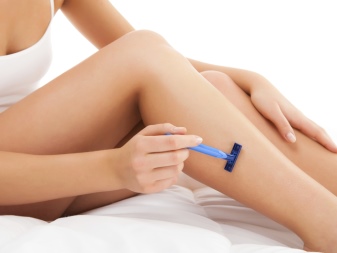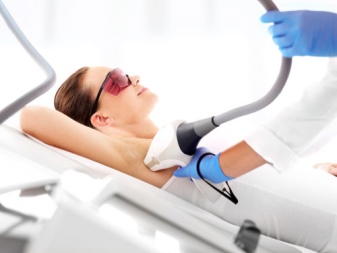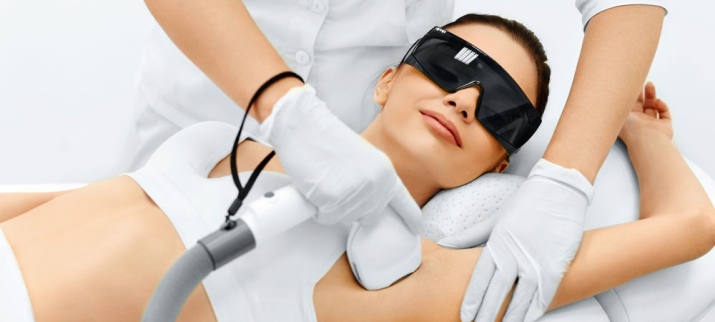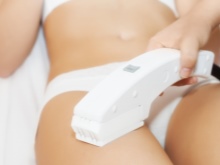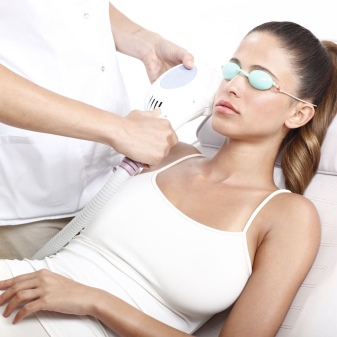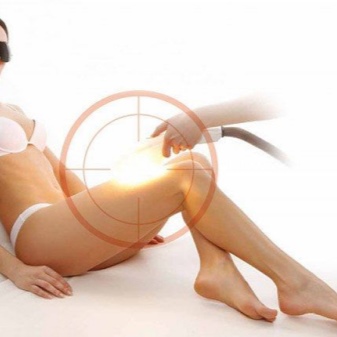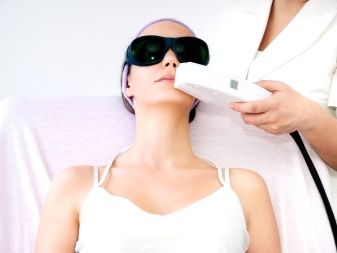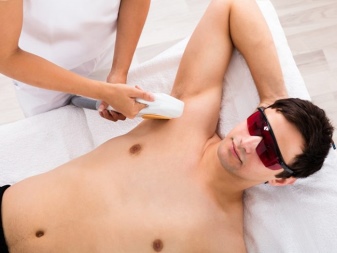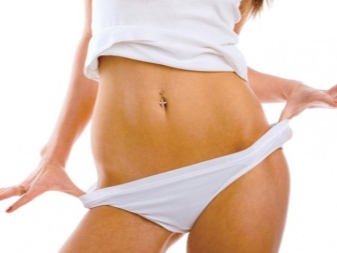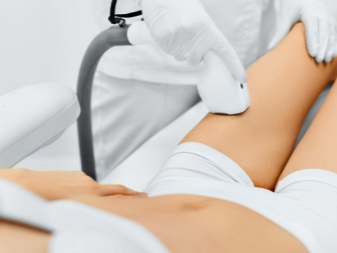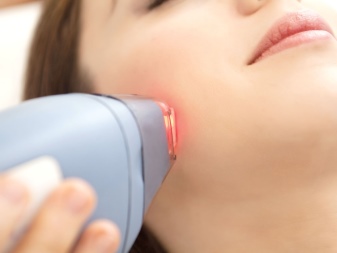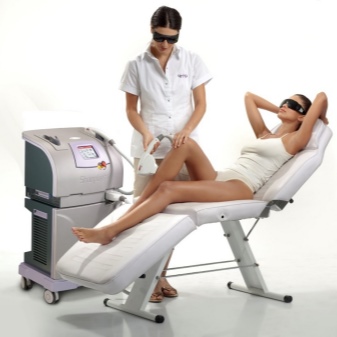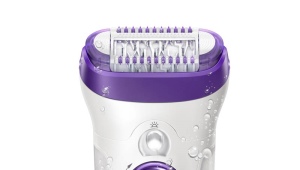What is better: photoepilation or laser hair removal?

Smooth and velvety skin has always been the cherished dream of every woman. Today, the beauty market offers a lot of options for getting rid of unwanted vegetation on the body. In the beauty industry there are unique and radical methods of epilation, one of the most modern - light radiation. We are talking about laser hair removal and photo epilation.
Features
There are two ways to get rid of hairs - this is epilation and depilation. Depilation includes ways of getting rid of hair, not destroying the hair follicle, but simply removing it from the surface of the skin (shaving or a special depilatory cream). This method does not affect the further growth and development of the hair. Electrolysis - the deliberate removal of hair from the skin along with the hair follicles, as well as the direct destruction of the hair follicle.
Both with photoepilation and laser epilation, the effect is on the hair that is on the surface of the epidermis, as well as on the hair follicle. In the main body and the hair root is melanin - the pigment that dyes the hair. Light radiation heats the pigment and the network of capillaries that feed the hair. The blood in the capillaries coagulates, and the melanin becomes discolored, in connection with this the hair follicle dies. After a time, the hair together with the root falls out and no longer grows in this place.
Laser
Laser hair removal is performed using a special device - a laser. Alexandrite, aluminum garnet, diode or ruby rays are commonly used. It all depends on the amount of pigment in the scalp. The darker the hair, the stronger the impact should be, as a rule, for very dark and tough hair using a diode laser beam. No special settings are required for the device, since most modern lasers have a scanner of the melanin level in the hair, which allows for a more accurate selection of the power of work without damaging the epithelium.
The length of the hair should be no more than 1-2 mm, so that the laser energy is spent on a deep pigment, and not external, because the main body of the hair can be disposed of with a conventional razor.
At the end of the procedure, it is necessary to apply a cold compress to the treated skin to prevent swelling and redness. After a few days, the hairs begin to fall out gradually. After the first session of laser hair removal, the effect lasts for about 1.5 months. The duration of the effect depends on the individual characteristics of the hair and skin of the client. You need to go from 4 to 8 sessions to achieve the perfect effect. The entire course takes approximately 1-1.5 years, sometimes up to 2 years.
Laser hair removal is not recommended if there are the following number of features:
- skin chronic diseases (dermatitis, psoriasis, herpes);
- obvious skin defects (ulcers, tumors, wounds, burns);
- varicose veins, couperosis;
- skin badly burned or burned in the sun;
- The procedure is not performed during pregnancy or illness.
Contraindications and consequences:
- with the incompetence of a dermatologist, burns may remain on the patient's skin;
- folliculitis (in cases where the patient's skin is prone to excessive sweating or in the first days after the procedure, the client has visited the sauna or bath);
- allergic skin rash;
- exacerbation of chronic skin diseases (if weak immunity);
- in case of accidental contact of the beam with the mucous membrane of the eye, conjunctivitis, temporary loss of vision, photophobia may occur;
- skin pigmentation may increase (freckles, age spots);
- appearance of gray hair;
- A laser flash can improve the blood supply to the hair growth zone, which can increase the growth of vellus hair.
Advantages and disadvantages:
- laser exposure is safe and does not harm the skin as a whole;
- for a person with normal skin sensitivity, the process is completely painless, with any unpleasant sensations, pain relief is provided;
- removed hair disappears for a long time;
- The procedure itself takes approximately 40-45 minutes depending on the amount of work.
Photoepilation
Before starting the procedure, the client must wear special protective glasses so as not to burn the mucous membrane of the eyes. A special gel is applied to the surface of the skin, which will protect it from heat. Next, the photoepilator acts with thermal waves on the capillaries that feed the hair follicle, the blood clots and stops nourishing the hair. When exposed to heat, the hair heats up to 70-80 ° C; it disappears without power to the hair. There are cases that the hairs are very tough and contain a lot of melanin, and after photoepilation the hair follicle is not destroyed, but is damaged, resulting in atrophy.
Over time, the hair decreases in thickness and becomes much lighter. At the end of the procedure, a softening drug is applied to the body.
After the procedure, skin swelling and redness may occur. There may also be pain. Painful effects will last depending on the intensity of the effects on the skin and hair in general. If the discomfort does not go away within a few hours, it is necessary to use cooling compresses or pain relievers.
A second photoepilation session should be carried out at least two weeks later. Subsequent procedures should be carried out at the rate of plus 2 weeks from the previous procedure (4 weeks, 6, 8, and so on weeks).
After the passage of three procedures, the difference is immediately noticeable - a stable dynamics of hair disappearance is observed.
Advantages and disadvantages:
- This method allows you to remove hairs of any structure, with the exception of gray hair without melanin, the apparatus does not recognize them;
- skin treatment can be carried out in any areas, as the procedure is practically painless;
- skin damage is excluded, and therefore infection is excluded;
- at the end of the full course of photoepilation, the hairs stop growing for 4-6 years;
- the light used for the procedure is similar in nature to that of the sun, which indicates that the process is environmentally friendly;
- the procedure lasts from 5 to 25 minutes;
- photoepilation contributes to the rejuvenation of the skin, under the action of light on the deep layer of the epidermis, collagen production begins, the skin becomes smoother (the process of photoepilation and photo rejuvenation is similar in principle);
- the procedure should not be carried out for eczema, lichen, ichthyosis and other skin diseases;
- photoepilation is not recommended for varicose veins.
Contraindications and consequences:
- if you treat dry, strongly tanned skin, which is high in melanin, you can get a skin burn;
- as with laser hair removal, folliculitis may appear;
- in younger patients with darker skin color, rashes that look like acne can form;
- exacerbation of herpes infection on the skin; it is recommended to drink a course of antiviral drugs before a photo epilation session;
- people with skin prone to allergies may experience hives, accompanied by itching and burning;
- neoplasms may appear in case papillomas or moles have undergone intense light flux;
- paradoxical hypertrichosis may occur in areas of the body that were on the border with the treated skin; This is manifested in enhancing hair growth due to insufficiently dense light flux and it is not the destruction of the hair bulb, but its stimulation to grow;
- sometimes there is a violation of sweating, it can cause the appearance of hyperhidrosis. This is explained by the fact that the luminous flux affects not only the hair follicle, but also the sweat glands inside the skin.
Differences
It may seem that photo and laser hair removal are absolutely the same in principle of operation, but at the same time they have a number of fundamental differences:
- By way of exposure. When conducting laser hair removal, you must select the desired type of beam, so as not to damage the skin. As mentioned earlier, it all depends on the hair color, skin type and color. In the case of photoepilation, various variants of light emission are possible. We can say that this type of hair removal is more versatile.
- The area of impact apparatus. When processing unwanted vegetation with a laser, a smaller area of skin is captured, which makes the procedure longer, unlike photoepilation.
- The number of sessions. Laser hair removal quickly realizes the goal, with photo-epilation it takes more time to achieve the final result - perfect skin.
- Price. Services of laser and photo epilation in the beauty market cost a lot, but laser hair removal will be about 2 times cheaper.
What to look for when choosing a salon?
It is necessary to understand that laser hair removal and photo-epilation are serious procedures that differ from each other and require professionalism and a high level of skill from a cosmetologist so as not to harm the client's skin. Before agreeing to a procedure in a beauty salon, you should first of all read the reviews about this salon, and during its initial visit and consultation pay attention to the following points:
- Interior cleanliness and workplace beautician;
- The presence of serviceable equipment. As well as lamps for tanning, and apparatus for photo-epilation has a finite number of valid flashes. If the equipment is old, it is unlikely that the procedure will benefit you, and the skin will become perfectly smooth. The older the device, the less efficient it will be, therefore more visits are needed and, as a rule, money for a good result.
- Qualified master. Do not be afraid to ask about the certificates and the level of skill of the beautician, as his skills directly affect the result of hair removal.
Before the procedure, the master must clarify with you the following:
- A phototype of the skin must be definitely determined, otherwise, due to the wrong choice of settings on the equipment, there may be sad consequences (burns or lack of results).
- The master should know about the presence of the client's skin diseases, usually in this case, cosmetologists are sent for an examination by an endocrinologist.
- The client must be given special goggles, regardless of the area of hair removal. Even if epilation of the legs is done, the client should still have his eyes protected.
- Before the session, a full client briefing should be conducted. Also, the master must give a complete list of certain skin care products.
If a woman suffers from a high level of hair in the chin, upper lip, the beautician should find out the causes of this anomaly at the initial examination. Usually this problem is associated with the violation of hormonal levels. In this case, the specialist may recommend a combination of laser hair treatment with photoepilation and parallel treatment at the endocrinologist.
In other cases, it is not recommended to combine the procedures, as the risk of skin damage is high.
What to choose?
Comparisons of photo-epilation and laser epilation show that it is difficult to make an unambiguous choice in favor of one or the other method. When choosing, you should be guided by your individual skin characteristics. Also in this matter you need to consult with a dermatologist, he will more accurately characterize the condition of the skin. Both types of epilation are effective and after 2-3 admissions in the cosmetologist's office you can feel and see the result - beautiful, smooth and well-groomed skin for a long time.
In the video below, a blogger answers the most important questions regarding laser hair removal.
